Paddleboarding has become a popular sport, and with good reason. Unlike other watersports that can be challenging to learn or require special gear or access to start, paddle boarding is accessible to just about anyone willing to give it a try. The minimal cost of entry and ease of learning makes it one of the fastest-growing water sports in recent years. Looking closely at this sport, you will find that there are so many different types of boards. From smaller versions like the kid’s board up to wider ones such as the stand-up paddleboard (or simply “SUP”). Each type comes with its own set of characteristics and benefits that you should take into account before purchasing. That's why we have compiled this ultimate guide on Paddle Boards: what they are, their pros and cons, what to look for when buying one, and our top recommendations.
What is a Paddle Board?
A paddle board is a large board that you stand on with a paddle in each hand. The boards are designed to be stable, so you can paddle standing up on them. While standing, you can use your core to control the movement of the paddle and create a stronger rowing motion. You can use these boards for recreational purposes, like exploring a lake or river, touring a coastline, or even surfing ocean waves. Most paddle boards are inflatable and come with a pump to make it easier to transport them. Boards can also be made from hard materials, like fiberglass or carbon fiber. These types of boards are typically more expensive but, in some ways, better quality.
Types of Paddle Boards
- Inflatable Paddle Boards - An inflatable paddle board is great for beginners. These boards are very affordable and can be packed away in a small bag when not in use. They’re also very easy to transport since they can be deflated and fit in a car trunk, closet, or even your backpack. - Hard Paddle Boards - A hard paddle board is a more durable option for an experienced paddler. These boards can be either fiberglass or carbon fiber, so they’re very secure and won’t pop. They’re typically more expensive than the inflatable paddle board, but they may be worth it if you plan on using the board frequently or in a high-traffic area. - Stand-Up Paddle Boards - A stand-up paddle board is a wider paddle board that is designed for an upright position. This design is great for long-distance paddling and for people who may have difficulty balancing on an inflatable paddle board. - Surf Paddle Boards - Surf paddle boards are usually smaller paddle boards designed for use in a large surf break and are intended for one person.
Things to Consider When Purchasing a Paddle Board
Before you go out and buy the first paddle board you come across, you need to think about what type of paddleboarding you plan to do most. Paddle boards are often built for different water conditions, so you’ll want to choose one that is right for the body of water you’ll be in. - Volume - The first thing to determine is the volume of your board. This is determined by measuring the length, width, and thickness of your board. The volume helps determine the best type of paddle board for your needs, as well as how many people can comfortably use the board. - Weight Capacity - The weight capacity of a paddle board is something else to consider. You want to make sure the board can hold the combined weight of everyone who will be using it. Most paddle boards have a weight capacity of between 250-350 pounds. - Materials - Paddle boards can be made from several different materials. It is important to consider the materials used in the board you choose. - Price - Finally, you’ll want to look at the price of the different boards. You want to make sure you purchase a board that fits your budget while still meeting your needs.
How to Choose the Right Type of Paddle Board for You
When choosing a paddle board, there are a few key things to consider. The first is water conditions. There are three different types of water conditions that paddle boards are built for: flat water, mild whitewater, and extreme whitewater. - Flat water - For flat water, you want a board that is wider and has a larger volume. This will make the board more stable and help with paddling in calmer waters. - Mild whitewater - If you paddle board in mild whitewater, you’ll want a board that is more maneuverable than the wider board used in flat water. A smaller board with less volume will help with quick turns, as well as being more compact for transporting. - Extreme whitewater - If you paddle in extreme whitewater, you want a more narrow and lightweight board that is easier to control in rapid waters. This type of board is built for quick paddling since the narrower board can easily cut through the water with less resistance.
Conclusion
The paddle board is a great way to enjoy the water in a new way. There are a variety of boards available, and you can choose one that is best for your needs. Taking a few factors into account before purchasing a paddle board will help you find the best board for your needs.



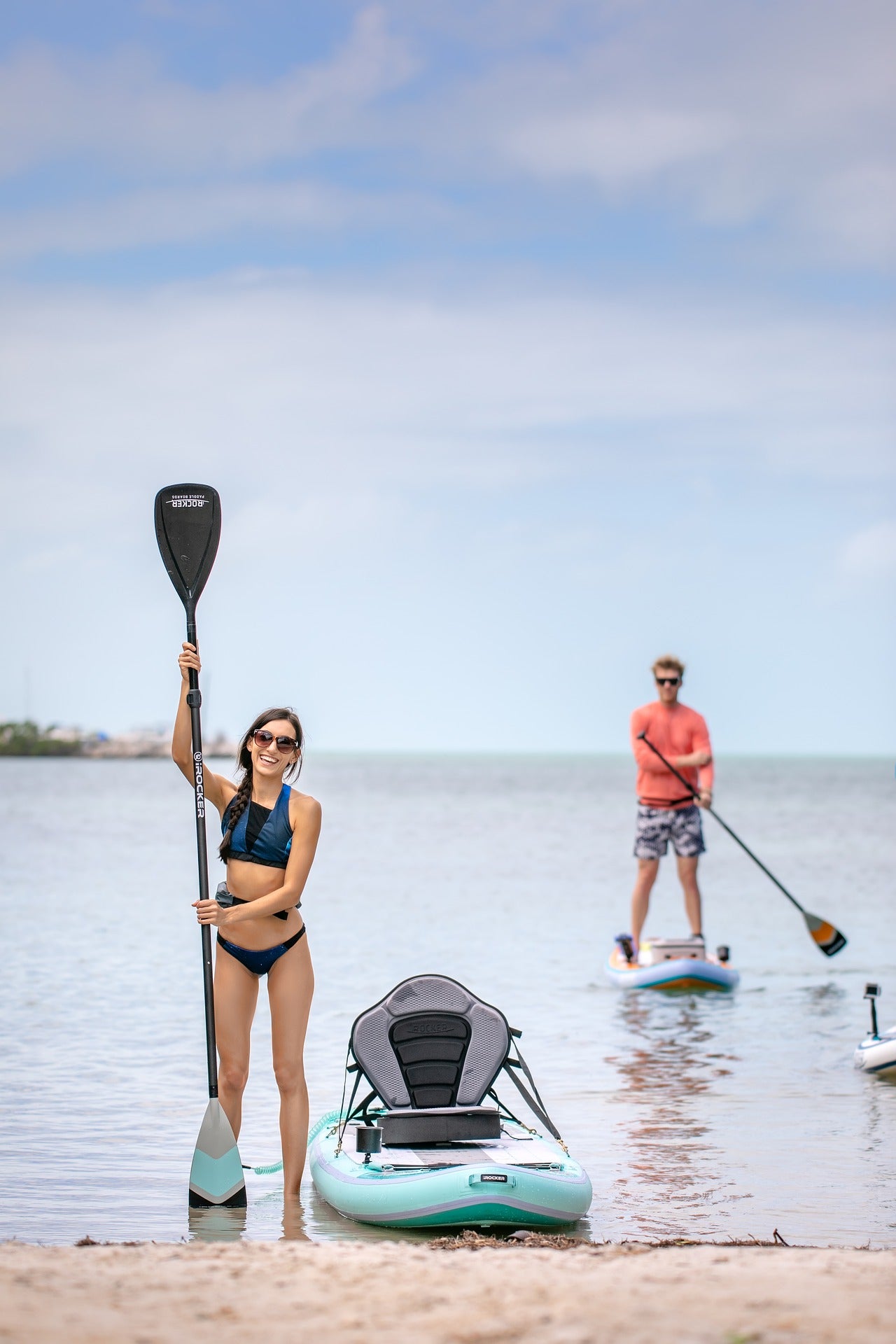
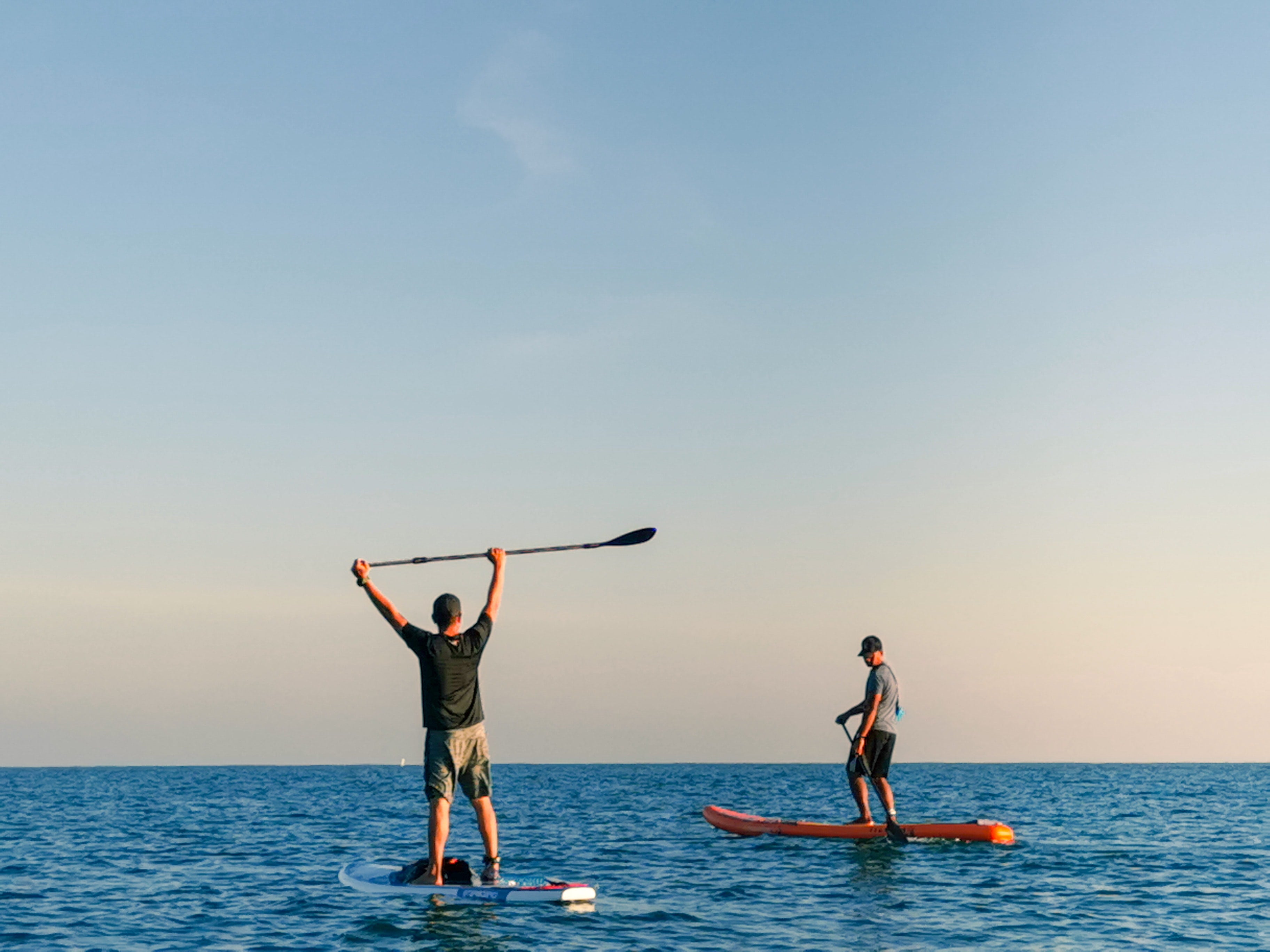
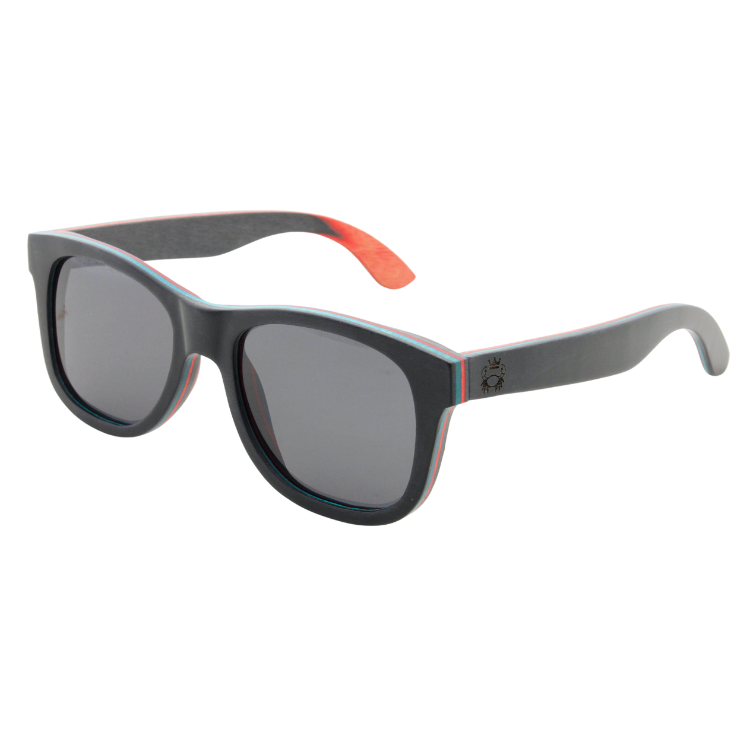
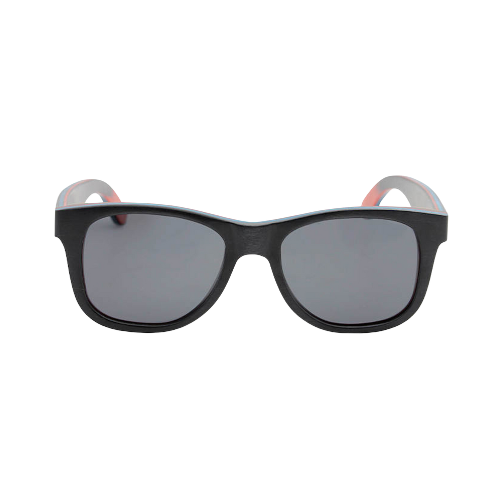
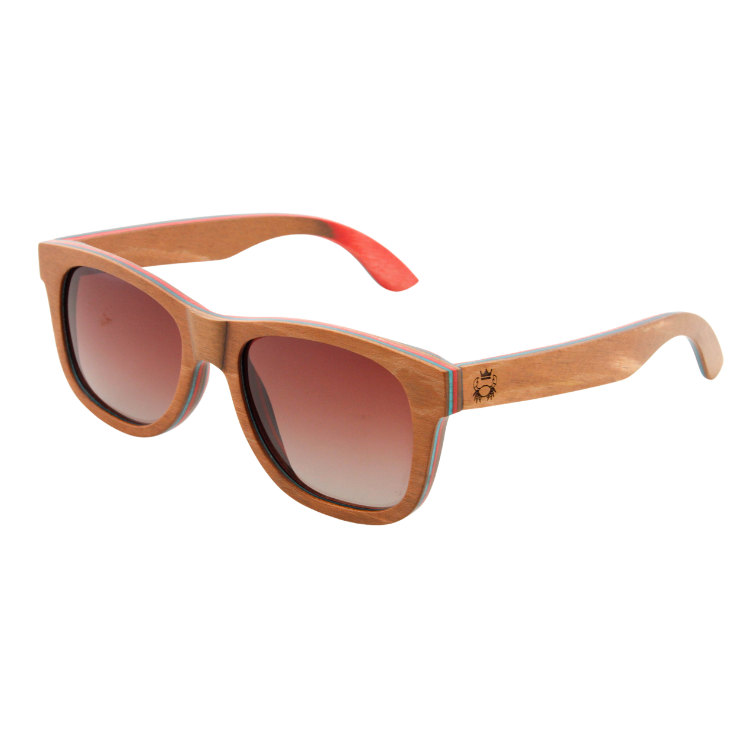
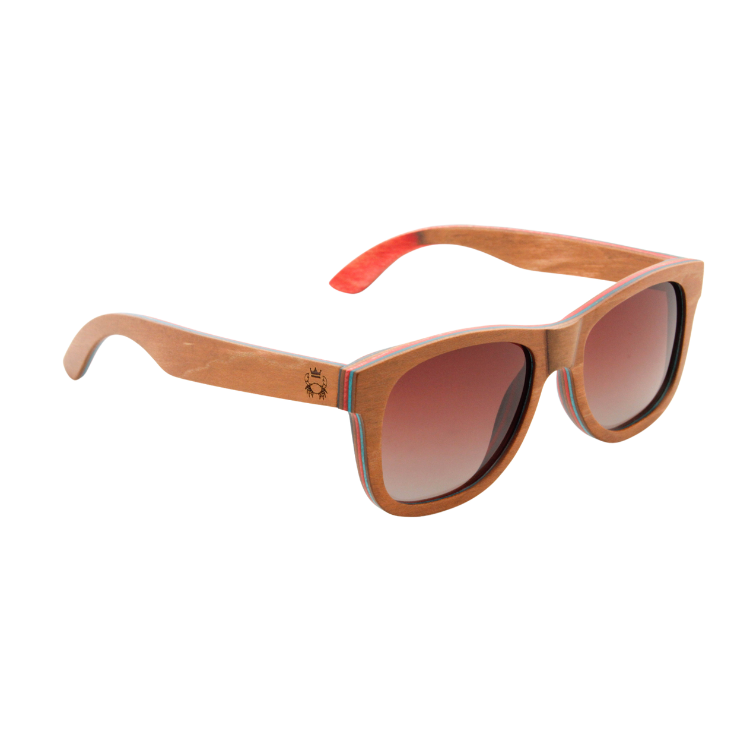
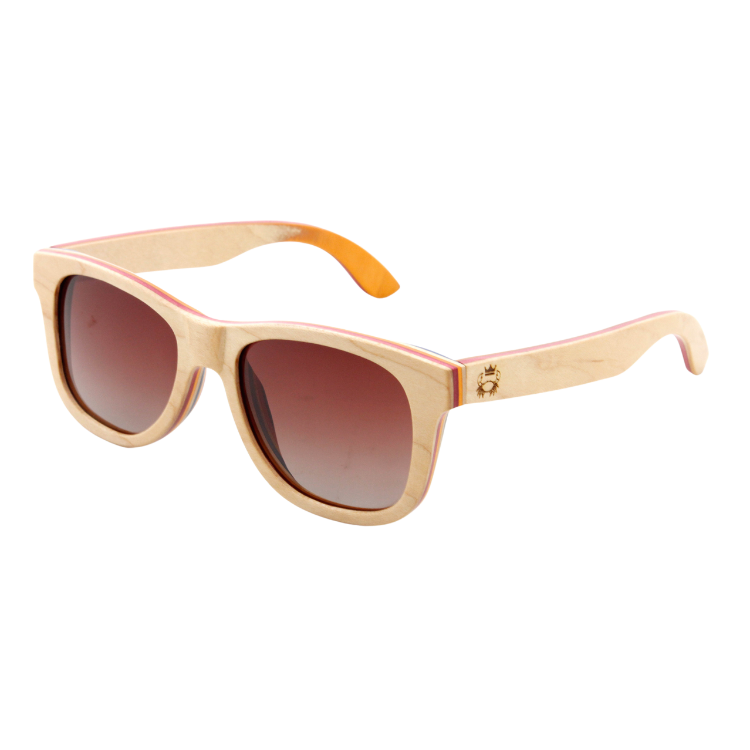
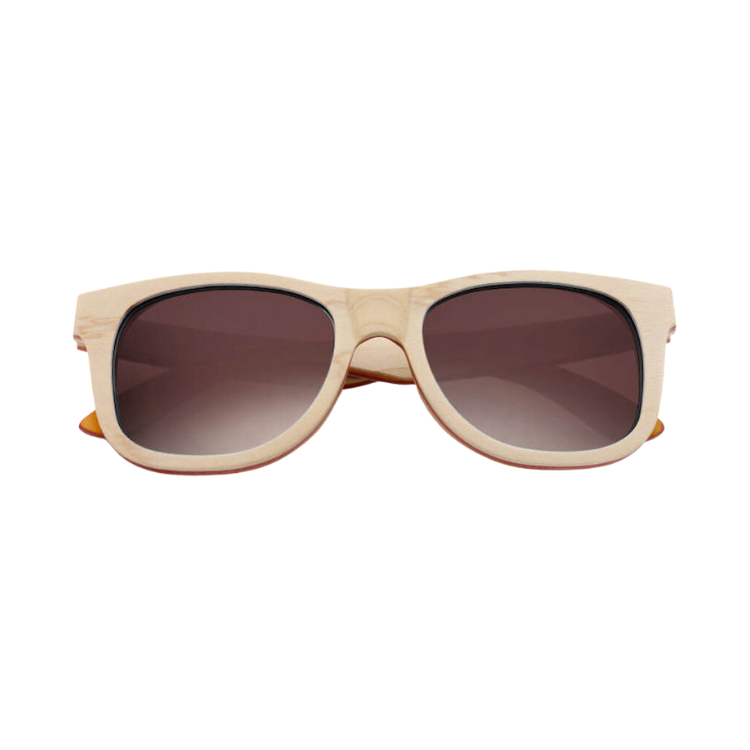
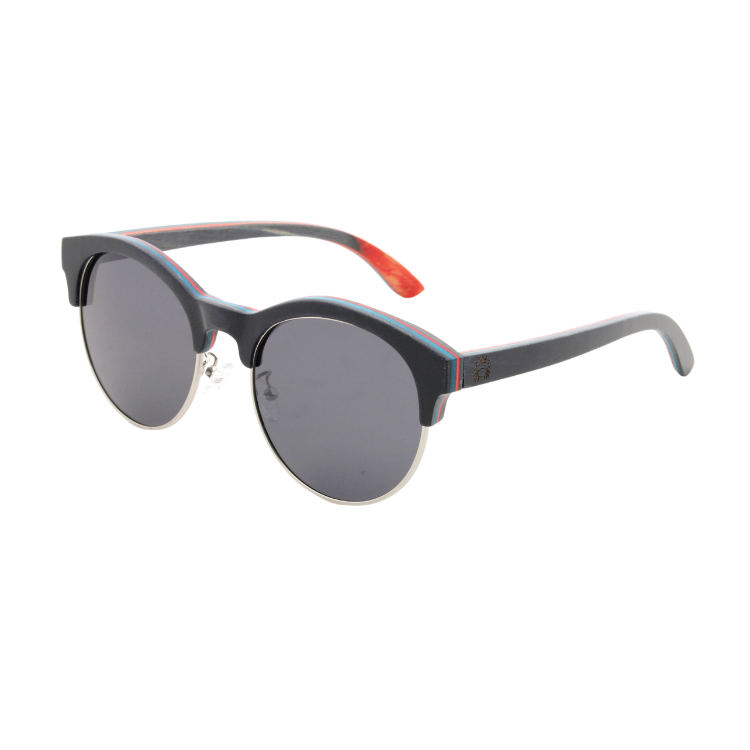
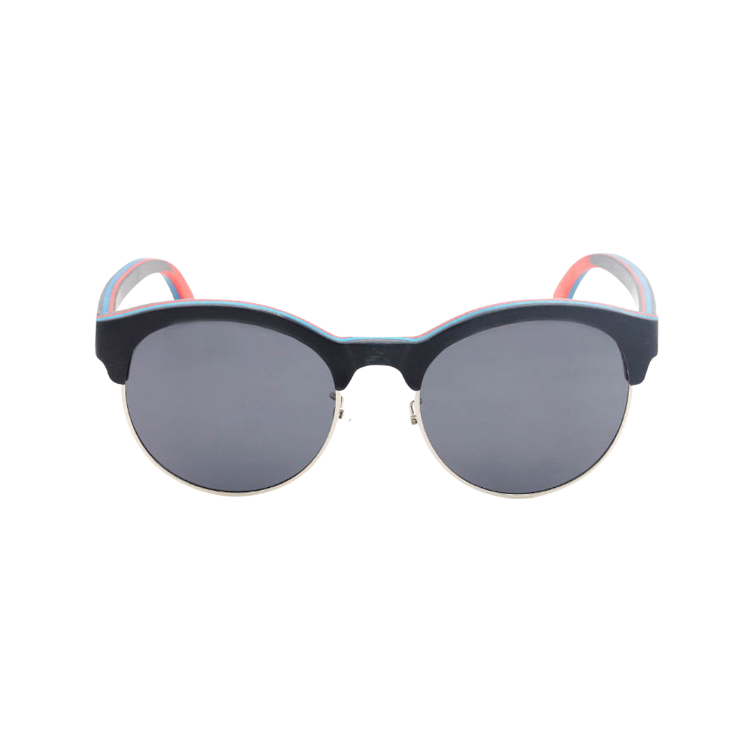
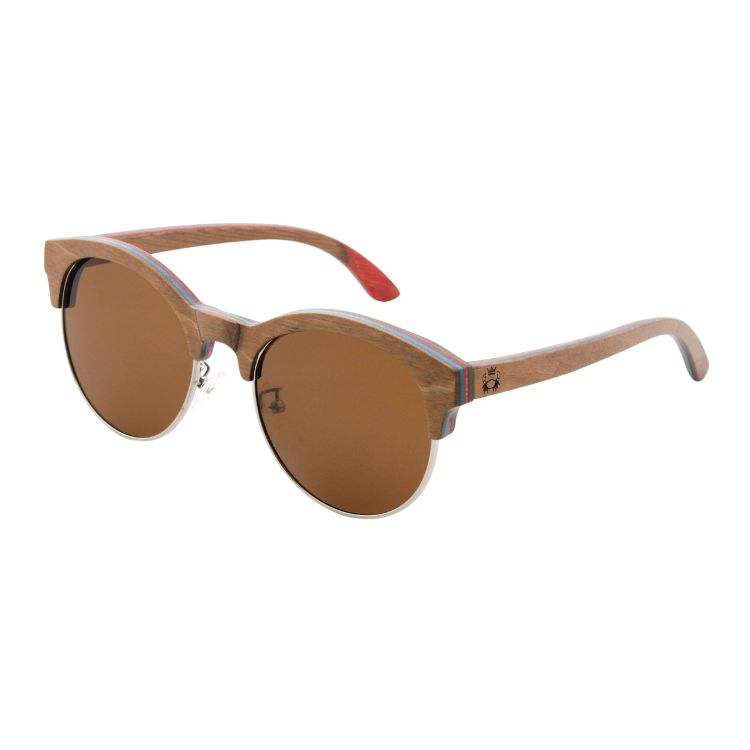
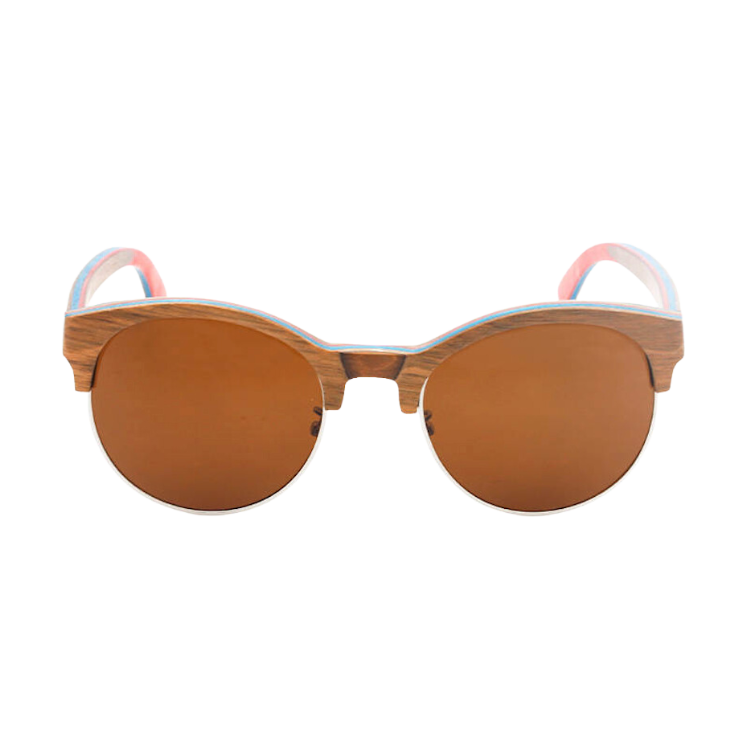
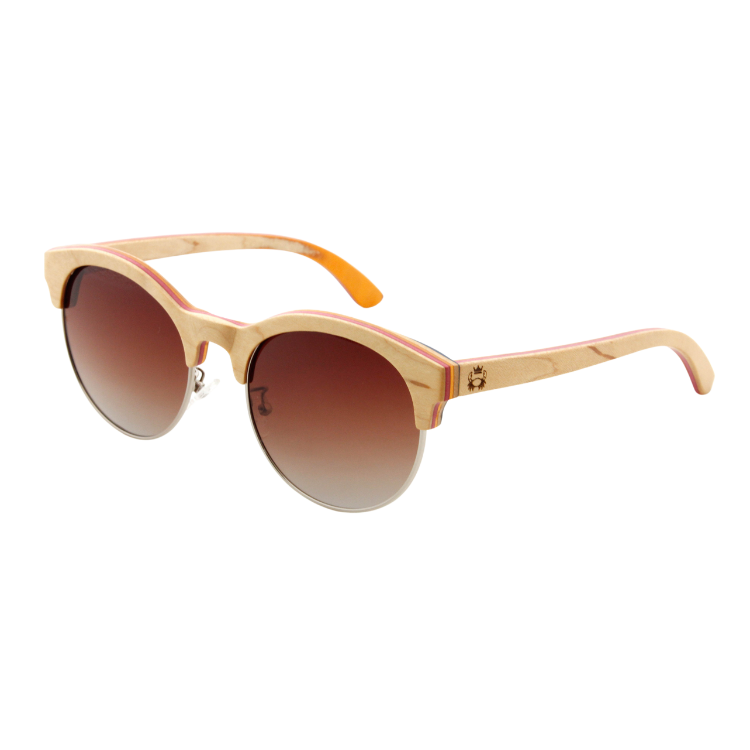
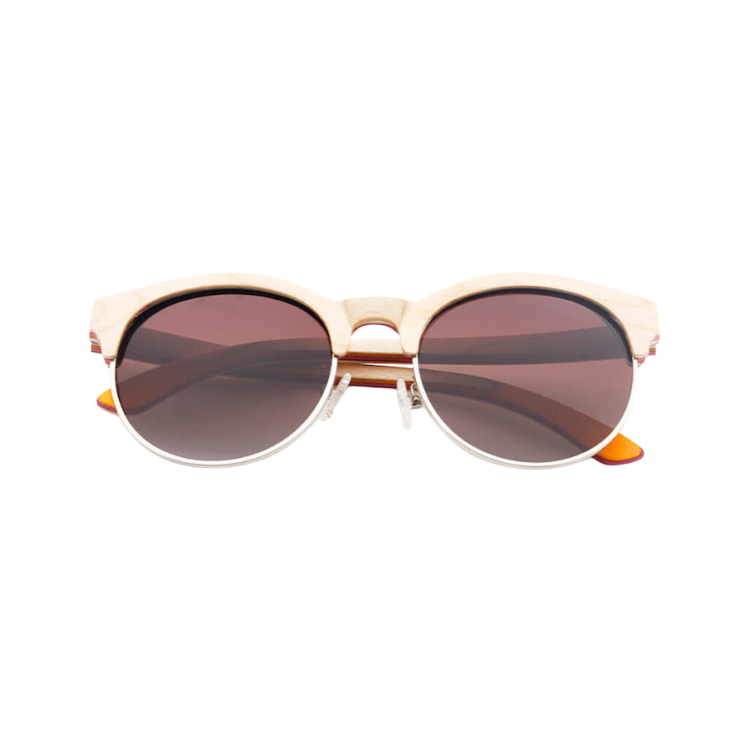
Leave a comment
All comments are moderated before being published.
This site is protected by hCaptcha and the hCaptcha Privacy Policy and Terms of Service apply.